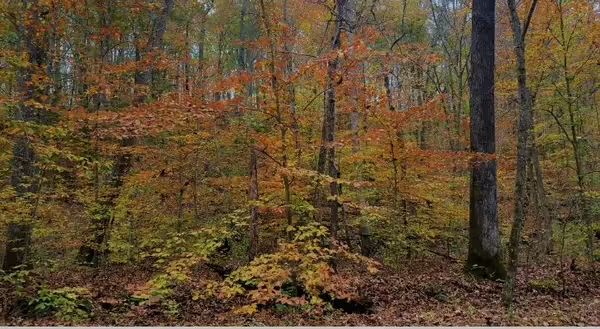
Ready for some tips to lighten the load with fall garden cleanup? Breaking a few old habits can make a big difference for native wildlife by leaving some winter habitat elements in place.
Although leaf raking can really spruce up the landscape this time of year, consider leaving some fallen leaves as winter habitat. These areas of leaves provide valuable habitat for many insects, arachnids (spiders), small mammals, amphibians and birds.
Leaves that accumulate on turfgrass areas can actually kill the grass if left too long, so target your leaf raking where it is needed most and skip some the more out of the way locations in your yard. Some areas may need to be raked to facilitate foot traffic around your landscaping, consider piling the raked leaves in garden beds, along fences or yard borders. Or, start by leaving some small sections this year and expand next year if it suits you.
If applied to garden beds as mulch, leaves actually will provide some protection to the soil. They can serve as an insulator against winter cold to protect plants roots and soil fauna. Amphibians, such as toads and salamanders, use leaves for winter protection and many species of moths and butterflies will spend the winter in chrysalises on the ground which need some protection. In addition, leaf mulch can add valuable nutrients to soil over time if allowed to decompose.
Nutrient cycling in the deciduous forests is driven by leaves, which retain nutrients in leaf tissues that are released up decomposition. Forests are amazing recyclers with a carefully evolved system of leaf fall, subsequent decomposition by soil fauna and the return of nearly all nutrients to the soil.
Take advantage of one of the greatest, and most recyclable resources provided by the urban forest and set up a leaf composting area, if you have the space. Not only will this provide you with valuable, high-quality garden compost in the end, but a plethora of wildlife will use the piled leaves for various habitat needs throughout the seasons.
Many of us are in the habitat of cutting back a lot of dead, above ground plant parts that could otherwise stand throughout winter. These plants can provide much needed habitat for birds if they are tall enough to stand up through the snow. In addition, many native, pollinating bees overwinter inside stem piths while some butterflies spend winter on the outside of dead stems in protective structures, such chrysalises.
The clean-cut look of landscape bed with all the dead plant material removed for winter is relatively devoid of vertical habitat elements birds need for perching, or seeking shelter when everything becomes covered in a blanket of snow. It also precludes any foraging on the ground or bare spots for birds that find food that way. Leaving dead plants standing for winter, combined with some leaf piles that may protrude, can provide some heterogeneity in the otherwise devoid winter habitat of many yards.
Some of these dead plants may contain seed heads that actually provide food for birds in winter. What a great trade off! Less fall cleanup and free bird seed. Consider leaving flower heads from plants such as: black-eyed Susan, sedums, purple coneflowers, Joe pye weed, zinnias, marigolds and phlox. Also, consider planting more native species to start with. In general, they provide greater wildlife benefits than non-native, ornamental plants.
Dead woody plant material also provides wildlife benefits if it can be left in acceptable places in our landscape. A dead tree in the forest is filled with life, providing value habitat for bees and other overwintering insects, as well as foraging for woodpeckers and homes for wildlife that nest in hollow cavities. While standing dead trees can be a major safety hazard, downed limbs and logs can provide some of the same wildlife benefits in your yard, while adding a more natural, forest look to landscaping.
Fall cleanup doesn’t have to be the laborious, habitat homogenizing practice of the past if we can begin to appreciate a less manicured and more natural looking yard. Wildlife will pay you back for doing less work as they flourish, which helps to build a more resilient and diverse urban ecosystem. After all, ecosystems with higher biodiversity are considered healthier and that benefits all species from plants and wildlife to the humans that enjoy them.